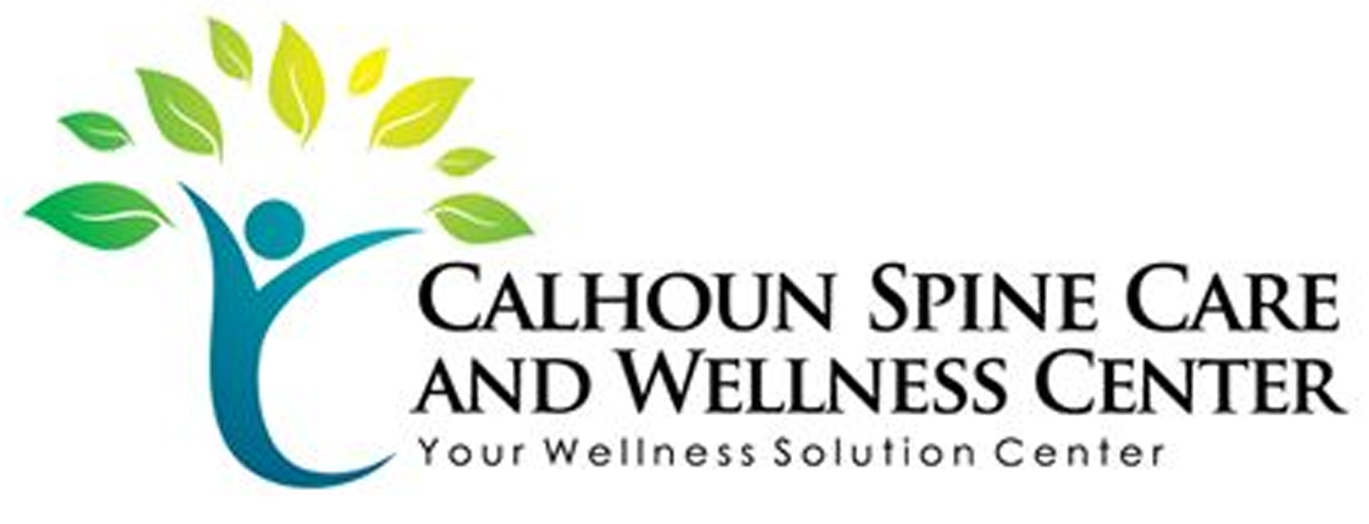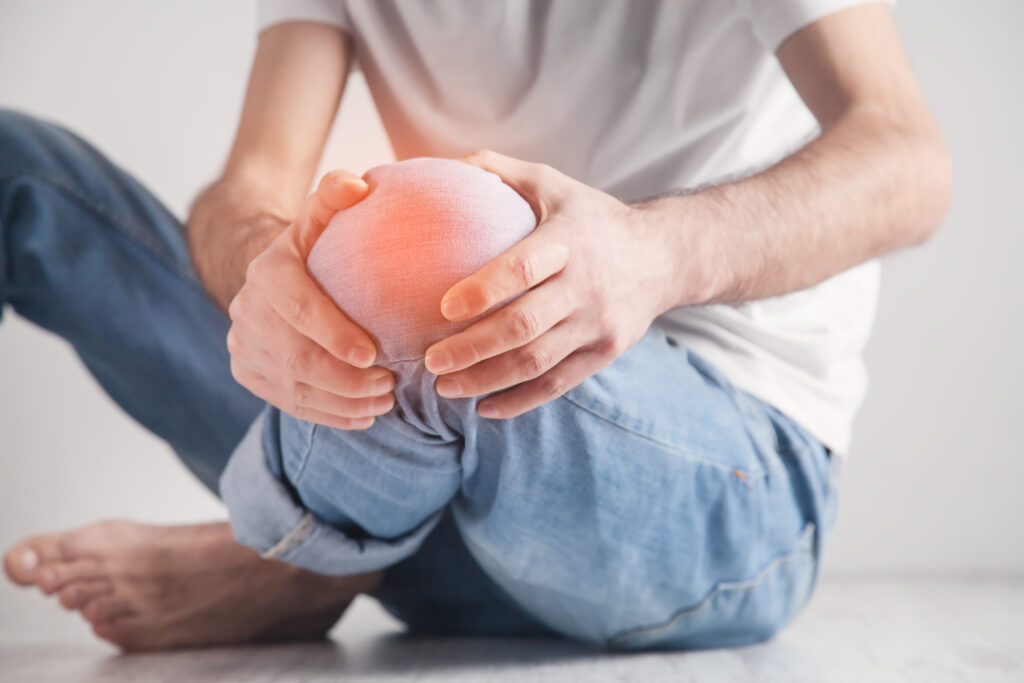If you're dealing with back pain in Calhoun, you might be surprised by the number of budget-friendly solutions available to you. From simple stretching exercises you can do at home to affordable physical therapy options, there are ways to manage discomfort without breaking the bank. Local community resources also offer valuable support, while over-the-counter medications can provide quick relief. Plus, making ergonomic adjustments to your workspace can further enhance your comfort. Want to know the top five solutions that can help you feel better without straining your wallet?
Stretching Exercises at Home
Incorporating stretching exercises into your daily routine can markedly alleviate back pain without costing a dime. You don't need fancy equipment or gym memberships; all you need is a little space and commitment. Stretching helps to increase flexibility, improve posture, and reduce muscle tension, which are all key factors in managing back pain.
Start with simple stretches that target your back and surrounding muscles. The cat-cow stretch is great for warming up your spine. Begin on all fours, arch your back while inhaling for the cat position, and lower your belly as you exhale into the cow position. Repeat this several times, moving fluidly between the two.
Next, try the child's pose. Kneel on the floor, sit back on your heels, and stretch your arms forward on the ground, allowing your forehead to rest gently. This pose helps to elongate the spine and release tension in your lower back.
Don't overlook the importance of hamstring stretches, too. Tight hamstrings can contribute to back pain. While standing or seated, reach for your toes to stretch these muscles gently.
Hold each stretch for at least 20-30 seconds and repeat as needed.
Affordable Physical Therapy Options
If stretching exercises at home are proving helpful, consider exploring affordable physical therapy options to further support your back health. Many clinics offer sliding scale fees or payment plans, making therapy accessible without breaking the bank.
Research local facilities that provide these options, as some may offer discounts for community members or package deals that lower costs per session.
You might also want to check if your health insurance covers physical therapy services. Sometimes, even a basic plan can offset a significant portion of the costs.
Contact your insurance provider to understand your benefits, and don't hesitate to ask the therapist about their experience with insurance claims.
Additionally, certain non-profits and community health organizations may provide low-cost or even free physical therapy services. Look for programs that focus on rehabilitation and pain management.
You might find that these resources not only help alleviate your back pain but also empower you with knowledge about body mechanics and posture.
Another option is to seek out therapy students in training programs at local colleges. They often provide services at reduced rates under the supervision of licensed professionals.
This arrangement gives you quality care while supporting the education of future therapists.
Incorporating affordable physical therapy into your routine can make a significant difference in managing back pain. By exploring these options, you'll likely find a solution that fits your budget and helps you regain mobility and comfort.
Local Community Resources
While managing back pain can feel overwhelming, local community resources can provide valuable support without straining your budget. In Calhoun, you'll find various organizations and programs that cater to your needs.
Start by checking out community centers, which often offer free or low-cost fitness classes tailored for those dealing with back pain. These classes focus on gentle exercises, stretching, and strengthening, helping you improve flexibility and reduce discomfort.
Many centers also provide access to wellness workshops, where you can learn about proper posture, ergonomics, and pain management techniques.
Local libraries can be another great resource. They frequently host informational sessions or have materials, such as books and DVDs, on back pain relief strategies. You can also find guided meditations and relaxation techniques that can help ease stress and tension, which might contribute to your pain.
Don't overlook support groups. Joining a local group can connect you with others experiencing similar challenges. Sharing your experiences and learning from others can be incredibly beneficial.
Many health organizations also offer online forums, where you can ask questions and receive advice from both peers and professionals.
Lastly, consider reaching out to local non-profits focused on health and wellness. These organizations often provide resources, workshops, and even referrals to affordable practitioners in your area.
Over-the-Counter Pain Relief
Many people find relief from back pain through over-the-counter (OTC) medications, which can be a convenient and cost-effective option. OTC pain relievers, such as ibuprofen, naproxen, and acetaminophen, work by reducing inflammation and easing discomfort. You don't need a prescription, and they're readily available at local pharmacies and supermarkets.
When choosing an OTC pain reliever, consider your specific symptoms and any preexisting health conditions. Ibuprofen and naproxen are nonsteroidal anti-inflammatory drugs (NSAIDs) that can help with inflammation, making them ideal for acute pain situations. If you're dealing with general discomfort, acetaminophen is an effective option, though it doesn't target inflammation in the same way.
It's essential to follow the recommended dosages on the packaging. Overuse can lead to unwanted side effects, including stomach issues or liver damage, so always use these medications as directed. If you're unsure which option is best for you or how long you should take them, consult your healthcare provider for guidance.
In addition to pain relief, consider pairing OTC medications with other at-home remedies. Heat therapy, for example, can enhance the effectiveness of pain relievers by promoting blood flow and relaxing tight muscles. Stretching and gentle exercise can also contribute to overall relief.
With the right OTC pain relief, you can tackle your back pain effectively and affordably, allowing you to enjoy daily activities without the burden of discomfort.
Ergonomic Adjustments for Comfort
Finding effective back pain relief often involves more than just taking medications; making ergonomic adjustments in your daily environment can greatly enhance your comfort.
Start by evaluating your workstation. Whether you're working from home or in an office, guarantee your chair supports your lower back. Opt for a chair with lumbar support or use a cushion to maintain proper posture. Your feet should rest flat on the floor, with knees at a 90-degree angle.
Next, consider your computer setup. The top of your monitor should be at eye level, so you're not straining your neck. If your monitor's height isn't adjustable, a stack of books can do the trick. Keep your keyboard and mouse close enough to prevent stretching, and use a wrist support if needed.
When it comes to lifting objects, always bend at your knees instead of your waist. This technique distributes weight more evenly and reduces strain on your back. Don't hesitate to ask for help with heavy items; it's better to be safe than sorry.
Lastly, take breaks throughout your day. Standing up, stretching, or walking around for a few minutes can relieve tension and improve circulation. Set reminders on your phone if you need to.
Conclusion
In Calhoun, you don't have to break the bank to tackle back pain. By incorporating simple stretching exercises at home, exploring affordable physical therapy options, and utilizing local community resources, you can find relief without spending much. Over-the-counter pain relief can help manage symptoms, and making ergonomic adjustments will enhance your comfort. With these budget-friendly solutions, you're well on your way to a healthier, pain-free back while keeping your finances intact.



